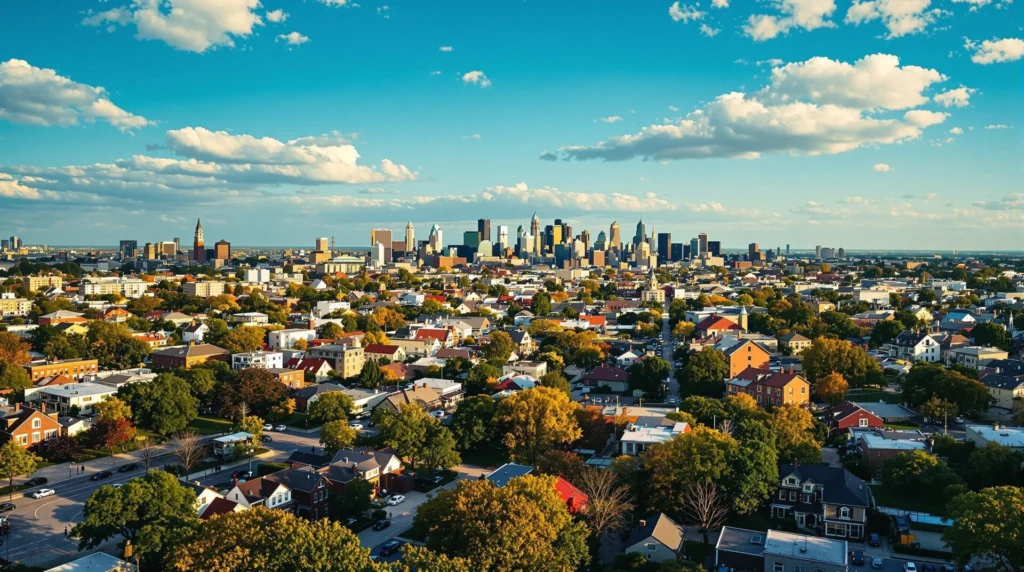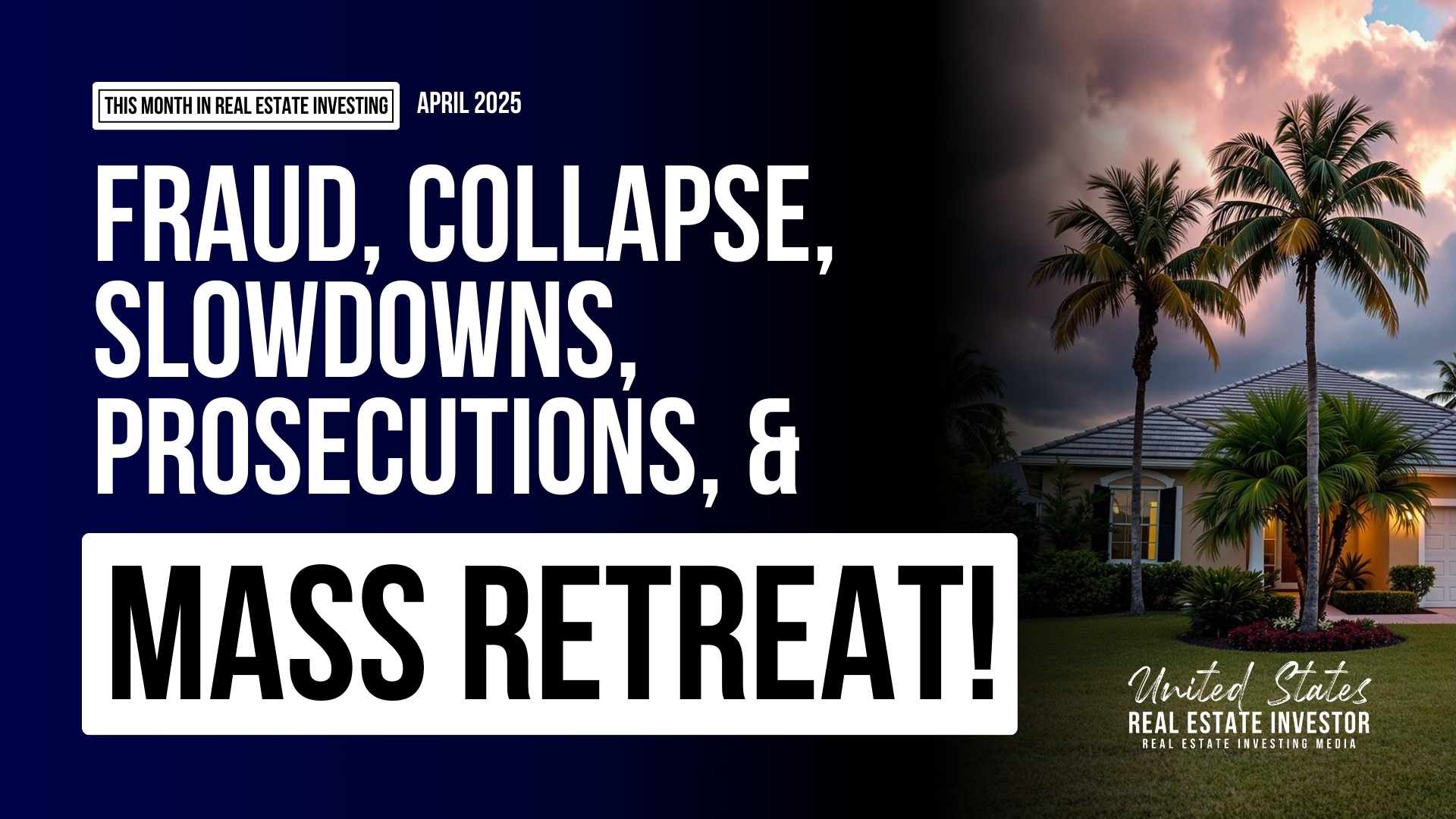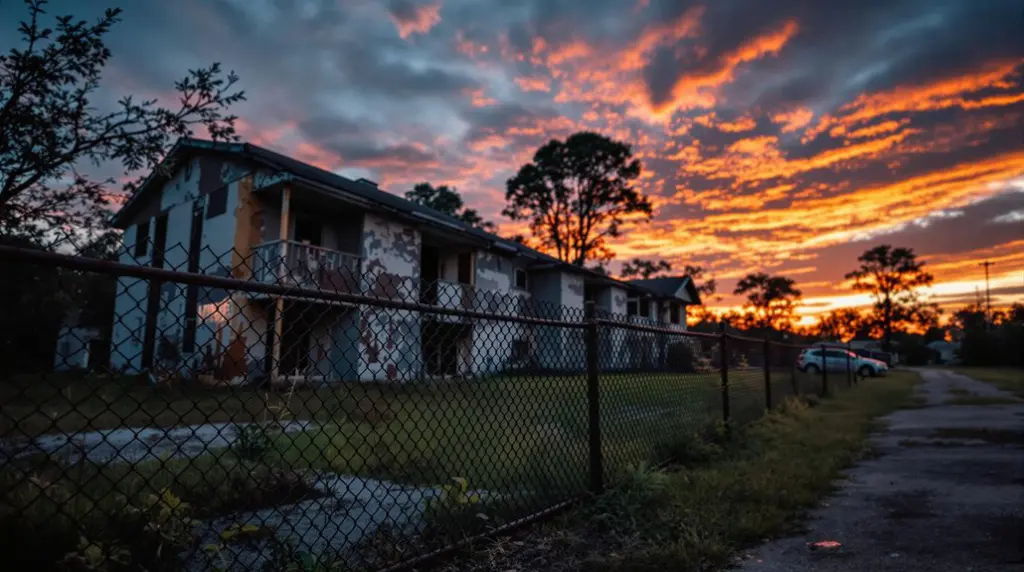Key Takeaways
- Miami’s industrial lease rates soared 9.7% year-over-year, reaching record highs amid tightening supply.
- Vacancy rates have dropped below 2.9%, intensifying competition for prime industrial space.
- Investors are aggressively pursuing infill and vertical warehouse development to capture surging demand.

Miami, FL — Miami’s industrial real estate market is setting new records.
According to the latest data from Avison Young, average industrial lease rates in Miami-Dade County jumped 9.7% year-over-year in Q1 2025, fueled by tightening supply, relentless demand, and a construction pipeline struggling to keep pace.
This continued surge places Miami among the most expensive industrial markets in the Southeast, trailing only behind national heavyweights like Los Angeles and New Jersey.
Supply Crunch Fuels Investor Opportunity
Industrial users—ranging from e-commerce logistics to cold storage operators—are scrambling for space, especially in submarkets like Medley, Hialeah, and Doral.
With land availability scarce and construction timelines extended, developers are embracing vertical industrial concepts, including multi-story warehouses, to maximize limited footprints.
Cap rates for stabilized industrial assets continue to compress, making early-stage development plays and land banking strategies increasingly attractive for investors seeking higher yields.
“This is no longer just about location—it’s about survival,” said one Miami industrial broker.
“If you don’t secure space now, you might not get another shot for years.”
Miami’s Industrial Sector: A Decade of Relentless Growth and Transformation
Over the last decade, Miami’s industrial real estate market has undergone one of the most dramatic evolutions in the United States.
What was once seen as a secondary logistics hub has exploded into a high-stakes battleground for space, capital, and long-term opportunity.
The Early 2010s: Quiet Strength Building Beneath the Surface
In the early 2010s, Miami’s industrial market was solid but unremarkable.
Warehouses primarily served local distribution needs, the port, and modest international trade operations. Lease rates were steady, new construction was measured, and vacancy rates hovered in the healthy 5% to 7% range.
Investors viewed Miami as a stable but sleepy play—good for steady returns, but hardly a headline-grabber compared to markets like Los Angeles or New York.
Mid-2010s: Global Trade and E-Commerce Light the Fuse
By 2015, the game began to change. The expansion of the Panama Canal, combined with explosive e-commerce growth, turned Miami’s strategic geographic position into an undeniable advantage.
Cargo traffic at PortMiami surged, Amazon and FedEx expanded their footprints, and Miami quickly morphed into the essential Southeastern gateway for both global and domestic logistics operations.
Vacancy rates began falling rapidly. Developers rushed to deliver new warehouse space, but demand consistently outpaced supply.
International investors, particularly from Latin America and Europe, also took notice, flooding the market with capital and driving up land prices.
Late 2010s to Early 2020s: The Pressure Cooker Years
Between 2017 and 2020, Miami’s industrial sector became a white-hot market. Last-mile distribution centers, cold storage facilities, and massive fulfillment hubs reshaped the landscape.
Traditional industrial zones like Medley, Doral, and Hialeah became some of the most sought-after addresses in the entire Southeast.
RELATED CONTENT
Yet the supply crunch only grew worse. Land scarcity, rising construction costs, and an increasingly competitive bidding environment pushed rental rates higher year after year.
Even smaller industrial properties became goldmines, with cap rates compressing to historic lows.
2020s: Pandemic and Aftermath Accelerate the Frenzy
When the pandemic hit, many predicted commercial real estate chaos. Instead, Miami’s industrial market surged even harder.
E-commerce dependency skyrocketed.
Cold storage demand exploded.
Supply chain disruptions made localized, high-quality warehouse space more valuable than ever.
Developers scrambled to innovate, embracing vertical industrial development—multi-story warehouses designed to maximize land use in one of the country’s most land-constrained metro areas.
Investors desperate for yield turned Miami’s industrial sector into a competitive battlefield where even raw dirt fetched premiums.
2024–2025: The Age of Scarcity and Opportunity
Today, Miami’s industrial market stands as a testament to a decade of unrelenting transformation.
Vacancy rates have plummeted below 3%, lease rates have reached record highs, and even secondary submarkets are experiencing bidding wars for warehouse space.
For investors, Miami’s last ten years are a blueprint of how industrial markets evolve from stable to sizzling.
The combination of global trade access, migration-driven demand, land scarcity, and relentless logistics expansion has turned Miami into an industrial juggernaut, with no signs of slowing down.
In a world increasingly driven by immediacy, supply chain control, and location dominance, Miami’s industrial story is clear: those who recognized the shift early reaped massive rewards—and those who act now still have a rare chance to ride the next wave of industrial prosperity.
Assessment
Miami’s industrial boom is creating one of the most compelling investment climates in the entire Southeast.
For real estate investors, the strategy is clear: pursue well-located infill opportunities, invest in vertical construction, and lock in assets before lease rates climb even higher.
In a market where supply scarcity is the new normal, those who move decisively will reap long-term rewards.
Related Content:
- The U.S. Housing Apocalypse Continues (Why Your Real Estate Dreams Are About to Collapse)
- Rent Surge Shock! U.S. Rental Prices Skyrocket as Homeownership Collapses
- Miami-Dade Commercial Property Tax Hike Sends Shockwaves Through Investor Market
- Mortgage Dead End (First-Time Homebuyers Trapped In Potential Decade-Long Nightmare)





















